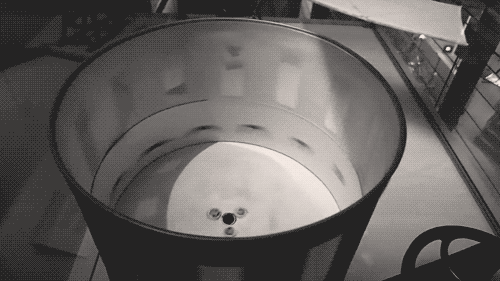Then in 1831 the Phenakistoscope was invented. This was the first time more than two images could be arranged in order to make a moving sequence.
This was a circle (Sometimes with slits cut into and viewed in a mirror) that was spun in order to view a looping sequence as shown in the animation above.
This technique then developed into the zoetrope in 1834 which many of us are more familiar with. It had similar features but was able to be placed upon a table top rather than held.
Then in 1868 the Kineograph was invented. And then renamed to Flipbook. Flipbooks still play a large part in todays animation scene, especially because the contrast between old hardware and new animation techniques such as the 12 principles.
Furthermore the tactile nature of the flipbook means there are many ways that movement can be created by removing or adding paper to a flipbook.
Researching these flipbooks have made me interested in potentially creating some kind of flipbook animation in a later project.

No comments:
Post a Comment